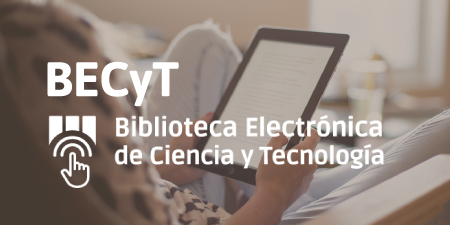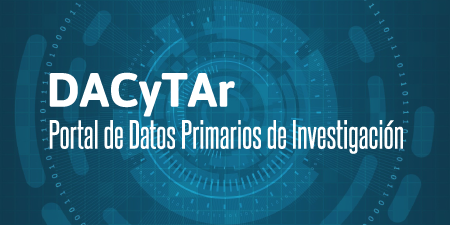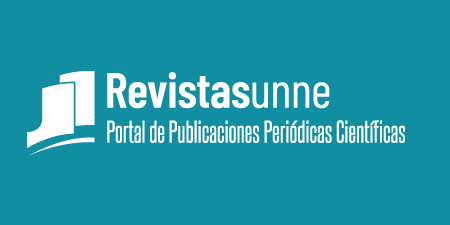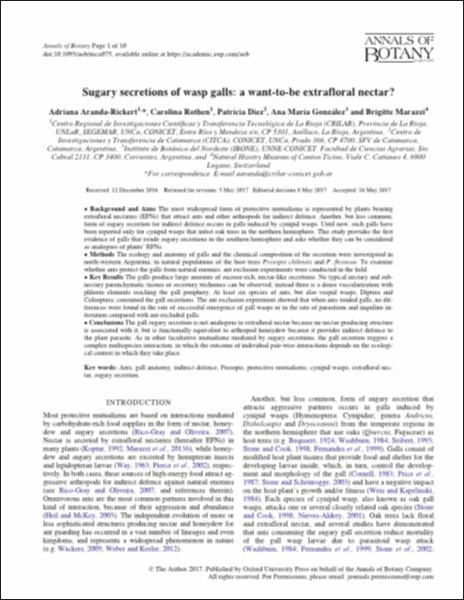Mostrar el registro sencillo del ítem
Sugary secretions of wasp galls : a want-to-be extrafloral nectar?
| dc.contributor.author | Aranda Rickert, Adriana Marina | |
| dc.contributor.author | Rothen, Carolina Paola | |
| dc.contributor.author | Diez, Patricia Alejandra | |
| dc.contributor.author | González, Ana María | |
| dc.contributor.author | Marazzi, Brigitte | |
| dc.date.accessioned | 2024-03-19T13:55:45Z | |
| dc.date.available | 2024-03-19T13:55:45Z | |
| dc.date.issued | 2017 | |
| dc.identifier.citation | Aranda Rickert, Adriana Marina, et al., 2017. Sugary secretions of wasp galls : a want-to-be extrafloral nectar? Annals of Botany. Oxford: Oxford University Press, vol. 120, no. 5, p. 1-10. E-ISSN 1095-8290. | es |
| dc.identifier.issn | 0305-7364 | es |
| dc.identifier.uri | http://repositorio.unne.edu.ar/handle/123456789/53148 | |
| dc.description.abstract | Background and Aims The most widespread form of protective mutualisms is represented by plants bearing extrafloral nectaries (EFNs) that attract ants and other arthropods for indirect defence. Another, but less common, form of sugary secretion for indirect defence occurs in galls induced by cynipid wasps. Until now, such galls have been reported only for cynipid wasps that infest oak trees in the northern hemisphere. This study provides the first evidence of galls that exude sugary secretions in the southern hemisphere and asks whether they can be considered as analogues of plants’ EFNs. Methods The ecology and anatomy of galls and the chemical composition of the secretion were investigated in north-western Argentina, in natural populations of the host trees Prosopis chilensis and P. flexuosa. To examine whether ants protect the galls from natural enemies, ant exclusion experiments were conducted in the field. Key Results The galls produce large amounts of sucrose-rich, nectar-like secretions. No typical nectary and sub- nectary parenchymatic tissues or secretory trichomes can be observed; instead there is a dense vascularization with phloem elements reaching the gall periphery. At least six species of ants, but also vespid wasps, Diptera and Coleoptera, consumed the gall secretions. The ant exclusion experiment showed that when ants tended galls, no dif- ferences were found in the rate of successful emergence of gall wasps or in the rate of parasitism and inquiline in- festation compared with ant-excluded galls. Conclusions The gall sugary secretion is not analogous to extrafloral nectar because no nectar-producing structure is associated with it, but is functionally equivalent to arthropod honeydew because it provides indirect defence to the plant parasite. As in other facultative mutualisms mediated by sugary secretions, the gall secretion triggers a complex multispecies interaction, in which the outcome of individual pair-wise interactions depends on the ecologi- cal context in which they take place. | es |
| dc.format | application/pdf | es |
| dc.format.extent | p. 1-10 | es |
| dc.language.iso | eng | es |
| dc.publisher | Oxford University Press | es |
| dc.rights | openAccess | es |
| dc.rights.uri | http://creativecommons.org/licenses/by-nc-nd/2.5/ar/ | es |
| dc.source | Annals of Botany, 2017, vol. 120, no. 5, p. 1-10. | es |
| dc.subject | Ants | es |
| dc.subject | Gall anatomy | es |
| dc.subject | Indirect defence | es |
| dc.subject | Prosopis | es |
| dc.subject | Protective mutualisms | es |
| dc.subject | Cynipid wasps | es |
| dc.subject | Extrafloral nectar | es |
| dc.subject | Sugary secretion | es |
| dc.title | Sugary secretions of wasp galls : a want-to-be extrafloral nectar? | es |
| dc.type | Artículo | es |
| unne.affiliation | Fil: Aranda Rickert, Adriana Marina. Consejo Nacional de Investigaciones Científicas y Técnicas. Centro Regional de Investigaciones Científicas y Transferencia Tecnológica de La Rioja; Argentina. | es |
| unne.affiliation | Fil: Rothen, Carolina Paola. Consejo Nacional de Investigaciones Científicas y Técnicas. Centro Regional de Investigaciones Científicas y Transferencia Tecnológica de La Rioja; Argentina. | es |
| unne.affiliation | Fil: Diez, Patricia Alejandra. Consejo Nacional de Investigaciones Científicas y Técnicas. Centro de Investigaciones y Transferencia de Catamarca; Argentina. | es |
| unne.affiliation | Fil: González, Ana María. Universidad Nacional del Nordeste. Facultad de Ciencias Agrarias; Argentina. | es |
| unne.affiliation | Fil: González, Ana María. Consejo Nacional de Investigaciones Científicas y Técnicas. Instituto de Botánica del Nordeste; Argentina. | es |
| unne.affiliation | Fil: Marazzi, Brigitte. Territory of the Canton of Ticino. Natural History Museum of Canton Ticino; Suiza. | es |
| unne.journal.pais | Reino Unido | es |
| unne.journal.ciudad | Oxford | es |
| unne.journal.volume | 120 | es |
| unne.journal.number | 5 | es |
| unne.ISSN-e | 1095-8290 | es |
Ficheros en el ítem
Este ítem aparece en la(s) siguiente(s) colección(ones)
-
Artículos de revista [479]





